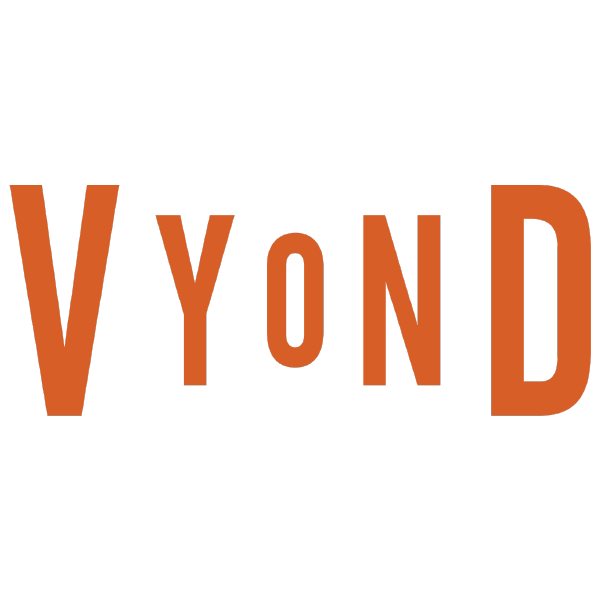ATD Blog
Gamification and Learning: 5 Ways to Improve Engagement and Increase Retention
Fri Mar 11 2022

For the last few years, gamification has been an emerging trend in learning. Is it fair to say it’s finally arrived? Well, almost.
The Basics: What Is Gamification?
Even those familiar with gamification often define it differently. At the basic level, gamification involves the application of game-like elements—point scoring, competition with others, and rules of play—to other activities. Although we’re concerned with the gamification of learning, it’s also used in areas, like marketing. Gamification guru Yu-kai Chou’s Octalysis Framework is a good starting point for those seeking to better understand gamification and the different techniques available.
Getting Into the Game
There’s a lot of research that shows gamification works: 90 percent of employees say gamification makes them more productive at work, and 80 percent of US workers believe game-based learning is more engaging. At Near-Life, we’ve seen firsthand how learners in areas as disparate as healthcare, policing, banking, and retail have benefited from gamification.
Whether it’s using standard filmed content, 360 degree videos, or interactive animations made with a tool such as Vyond, we’ve been particularly focused on how to maximize interactivity to provide a game-like experience.
You can create gamification using simple techniques, like creating time pressure around interactive decision making, or exploring more complex ideas, such as quests or the “hero’s journey,” to build deeper engagement. For example, interactive videos and animations can easily be put together to create branching scenarios that provide an adventure game experience that is not dissimilar from the popular Choose Your Own Adventure book series.
These five practical tips can get you started on your gamification journey:
1. Consider your audience. This may feel obvious, but sometimes we forget that not everyone responds to the same sort of approach. An interactive learning game for children about washing their hands should be very different from the interactive video, scenario-based games we created to support the World Health Organization’s Emergency Medical Teams program. People respond to learning by doing—experiential learning—and they retain information through techniques like immersive and virtual reality (VR) training, but not every style of game will be right for all audiences.
2. Link gamification to learning objectives. Make sure the game-based approach is maximizing the value for your learning objectives. Thinking through your effort is more than just putting together some slides. If it’s a game to support customer service and you’re linking points to achievements, make sure the scoring architecture supports behaviors you want to promote. Or if the training is about making decisions under pressure, incorporate features like time limits. But don’t let the structure become so cumbersome that it becomes a barrier to that increased engagement—even enjoyment—which is critical to the effectiveness of learning design.
3. Track and measure behavior. Put numbers on how learners interact with your content. When you’re delivering content passively via video or slides, you gather a lot less information on your users. If you’re using techniques like scoring, you have a ready-made means of measuring performance. At Near-Life, we also find that tools like xAPI are a great way to have a much richer picture of engagement with games and learning simulations.
4. Tailor feedback based on interactions. If you’re able to track how a user interacts, then you can also provide tailored feedback that directly correlates to interactions that a learner has made. In some of the user projects we’ve supported at Near-Life, content designers are able to put together detailed behavioral pathways, where choices learners make receive contextualized feedback. It can be a powerful tool for any learning professional to ensure digital learning is responsive to the individual and supports two-way engagement.
5. Use interactive video in your gamification projects. You don’t need to design, code, and build a complex game from scratch to get started with gamification. Video is an easy solution that needn’t be expensive: Tools like Vyond, PowerPoint, or Canva can form the base for your interactive games. For example, we’ve used Vyond to support gamified learning with mini-quest style games. It’s a complimentary fit to our own authoring product, but with a bit of creativity, you can use any e-learning authoring tool to apply basic gamification to video. Put together the right way, interactive video combined with gamification can save time and money, while also delivering better results and a more engaged workforce.
So, there you have it: Five things to think about when looking to get started with gamification for learning. Once you embrace gamification, you’ll see the scope of the topic is vast. It opens a new world of creative possibilities around engagement, and getting started is easier than you may think.
Interested in finding out more? Check out this handy guide on what Near-Life is all about and how it can support your plans. And feel free to join our Gamification and Learning discussion group on LinkedIn.
More from ATD

